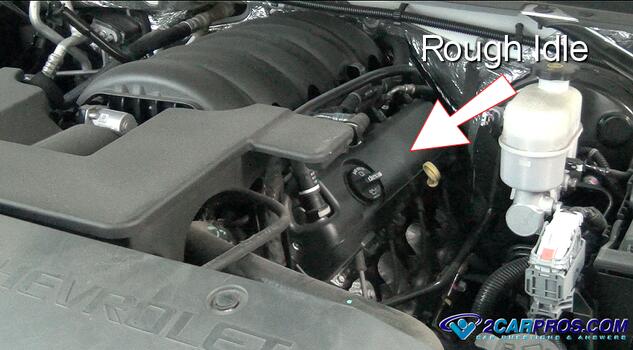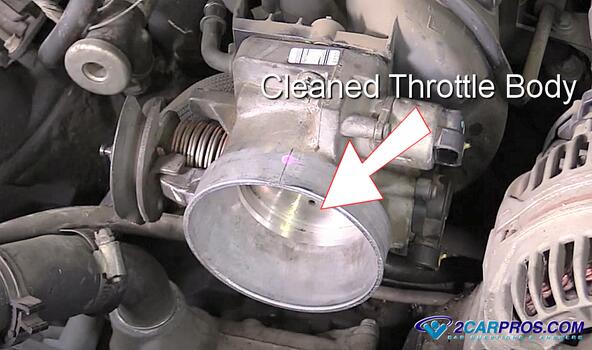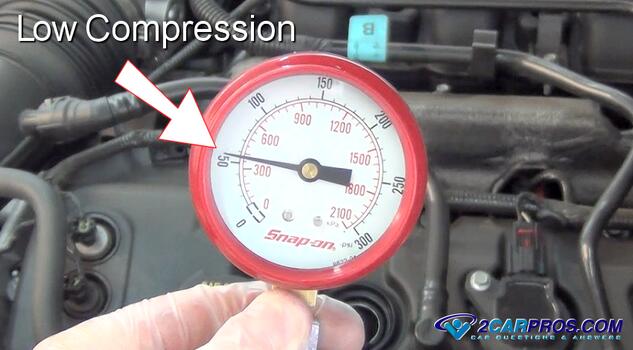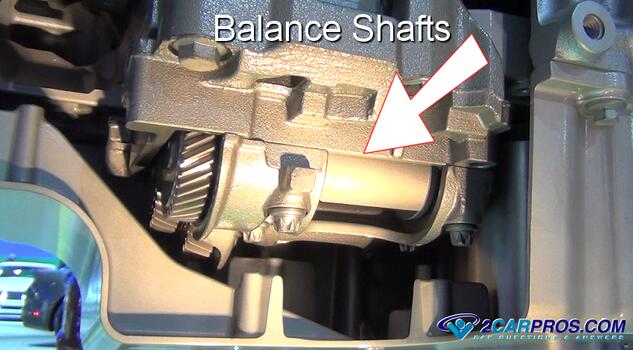Introduction
A rough engine idle condition is a common issue that many drivers face often indicating underlying problems within the engine, fuel or ignition system. We have created this guide to identify and repair most rough idle conditions and have listed them in order of popularity as it applies to automotive combustion style of engines. When a combustion engine is at idle, it is susceptible to a rough idle due to the low engine speed, at this point the engine mechanical integrity, fuel and ignition systems must be in proper working order.
Getting Started
Park your car on level ground with the engine off, open the hood and do a visual inspection for anything obvious such as a broken vacuum line or loose a ignition coil. Also, if you have a check engine warning light on you should run the codes first to see which ones are stored, this will help guide us in the right direction and avoid unnecessary repairs.
Understanding the Causes of Rough Idle
It's essential to understand the potential causes of a rough idle. Here are some of the most common reasons:
1. Check For Vacuum Leaks: Using a flashlight inspect the vacuum hoses to the PCV valve, throttle body, brake booster and air intake tube. If unmetered air is allowed to enter the engine though a vacuum leak it will cause a lean condition which will produce a random misfire at idle, if you think this might be the problem please visit: Detecting a Engine Vacuum Leak
2. Faulty Ignition Components: Though most ignition system failures occur while under load, an engine idle can pose a load on the spark plugs and ignition coils as well. Anytime your car's engine is running rough at idle start with normal maintenance which includes an engine tune up, this will ensure the system is operating correctly and not the problem. This is usually a problem that may leave a diagnostic trouble code.
3. Dirty Fuel Injectors: Think of a fuel injector as a sprinkler inside your engine which disperses fuel evenly with proper atomization. When a fuel injector becomes clogged, it can create a spray pattern which is uneven which will cause the fuel not to burn completely producing the rough idle condition. This may not affect the engine at high speeds because the turbulence inside the engine is more chaotic and can mask the injector problem: How to test fuel injectors
4. Throttle Body Service: This might seem strange to some, but if the throttle body is not serviced it disrupts the airflow into the engine's intake manifold which can lean out a random or particular cylinder. This is why most repair shops will recommend a throttle body service when a tune up is performed.
5. Leaky Intake Valve: If you have fair compression, the intake valve can leak a little bit and cause the intake charge inside the intake manifold to ignition prematurely, this condition is only noticed at idle. To determine if this can be happening to your engine a leak down test will need to be performed.
6. Low Cylinder Compression: If the compression is low on one or more cylinders it will cause a rough idle condition. This is easily checked by removing the spark plugs and doing a compression test. This can be caused by a badly leaking intake or exhaust valves, bad piston rings or a blown head gasket.
7. Balance Shaft Failure: Most engines are designed with a balance shaft assembly built inside the engine which does exactly what it says, it balances the engine to stem off vibration, this is most noticeable at idle. This system can stop working due to drive gear or chain failure, or one of the shafts can break. Here is what the balance shaft set up looks like in the image below.
8. Bad Idle Air Control Motor: We listed this one last because idle air control valve are not used on cars past about 2005. When this part fails it can cause the engine to idle too low which will make the engine operation seem rough, this is because the rotation speed of the crankshaft is to slow and unbalanced. This problem can be accompanied by a trouble code as well.
Conclusion
By following this step-by-step guide, you can restore your engine's smooth operation and avoid further damage. There are other obscure causes for rough idle such as contaminated gas, a failed PCM or a poor electrical connection but nine times out of ten one of the above repairs should fix your car.
Credits
This guide knowledge base was created by the 2CarPros Team, and by Ken Lavacot: Automobile repair shop owner and certified master automobile technician of over 30 years. If you have question or need help please ask one of our experts we are happy to help. Please visit our 2CarPros YouTube Channel for additional car repairs.







